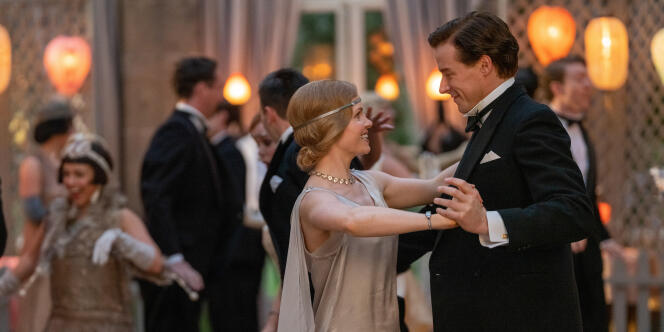THE “WORLD’S” OPINION – NOT TO BE MISSED
In September 2021, when Blessing, a meditation on the life of an artist – the English poet Siegfried Sassoon (1886-1967) – was presented at the Toronto Festival, but no one saw it as a testamentary work. At 75 years old, its author, Terence Davies had at least two major projects, including an adaptation of Stefan Zweig’s unfinished novel, Intoxication of metaphor.
The death of the British filmmaker on October 7, 2023, while he was working on the short film that the Center Pompidou had commissioned from him on the occasion of the retrospective devoted to him until March 17, casts a dark light on Blessing, became Siegfried’s Notebooks crossing the Channel. This disappearance gives precedence to death, with which Siegfried Sassoon, spoiled child of good society, became amply acquainted in the trenches, between 1915 and 1917, to the point that she did not let go of him for a single step throughout his life. life, as it is portrayed by Davies.
Funeral dimension
However, we must not reduce Siegfried’s Notebooks to its sole funerary dimension. Often futile, sometimes comical, the existence of the poet is an ideal vehicle for the author ofEmily Dickinson. A Quiet Passion (2016). He can thus explore another region of the continent to which he has constantly returned: the past. The long life of Sassoon, who died at the age of 80, is an opportunity to depict the accumulation of the weight of years, the impossibility of getting rid of certain burdens, the entanglement of the tragic and the futile. This staging involves, as in all of Davies’ films, a sober elegance – in the frames, the camera movements – which allows us to go straight to the emotion, streaked with irony, even burlesque.
The spectacle of Siegfried’s notebooks shares the inconsolable pain of a man for whom the war was the occasion of his greatest accomplishments, as a soldier, as a citizen and as a poet, and a wound that has never healed. This elegy has become, by the time it arrives on French screens, the opportunity to celebrate a filmmaker who has taken his place among the greatest.
Born from the marriage between Alfred Sassoon, scion of a large Jewish family from Baghdad, and a daughter of the English gentry, Siegfried Sassoon preferred to embrace the rites (including cricket) of his maternal family rather than those of his paternal clan, who had rejected Alfred after his marriage. Davies captures his protagonist in the summer of 1914, as catastrophe approaches. Siegfried (Jack Lowden) attends the London premiere of Rite of Spring, choreographed by Diaghilev. The exultation of the music mixes with the patriotic fever, the first is represented in all its pomp, while the other – and this is a bias that Davies will maintain throughout the film – goes through the editing of tapes news.
You have 49.63% of this article left to read. The rest is reserved for subscribers.
